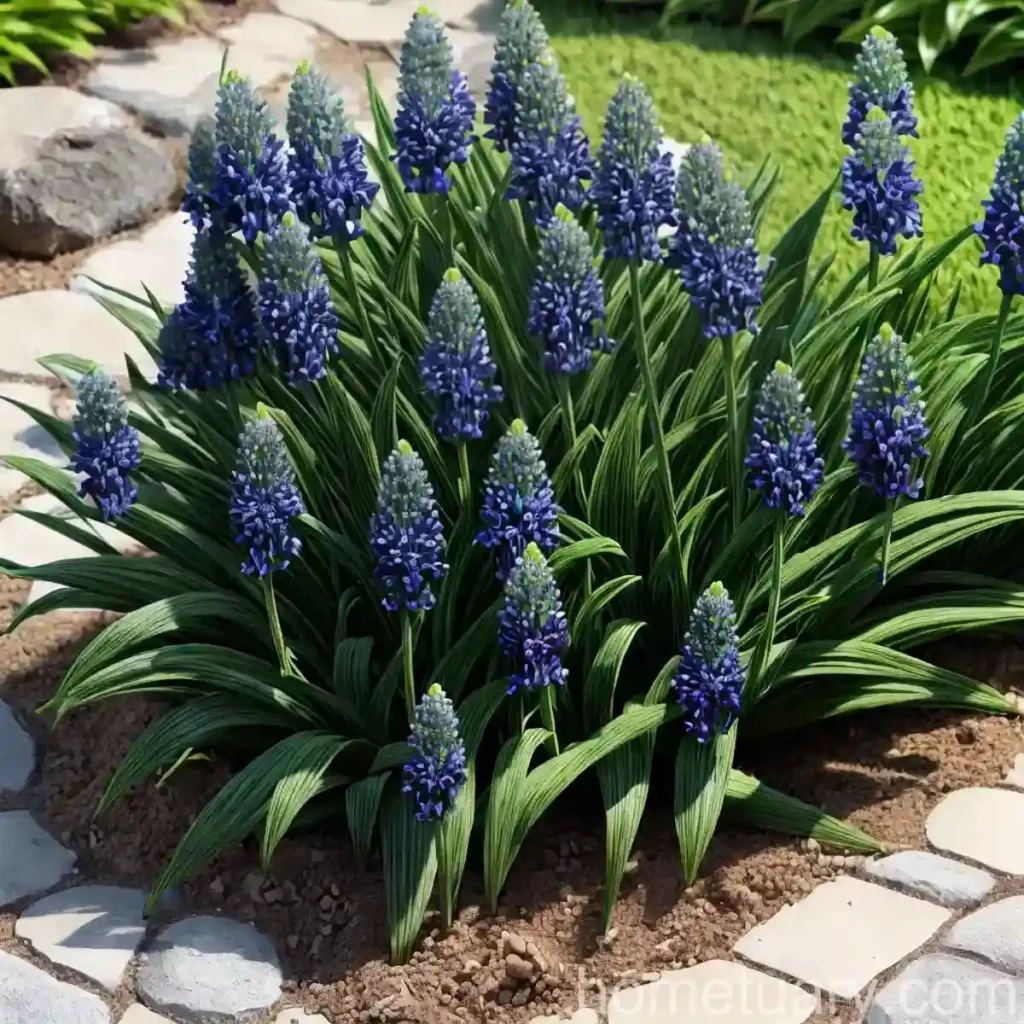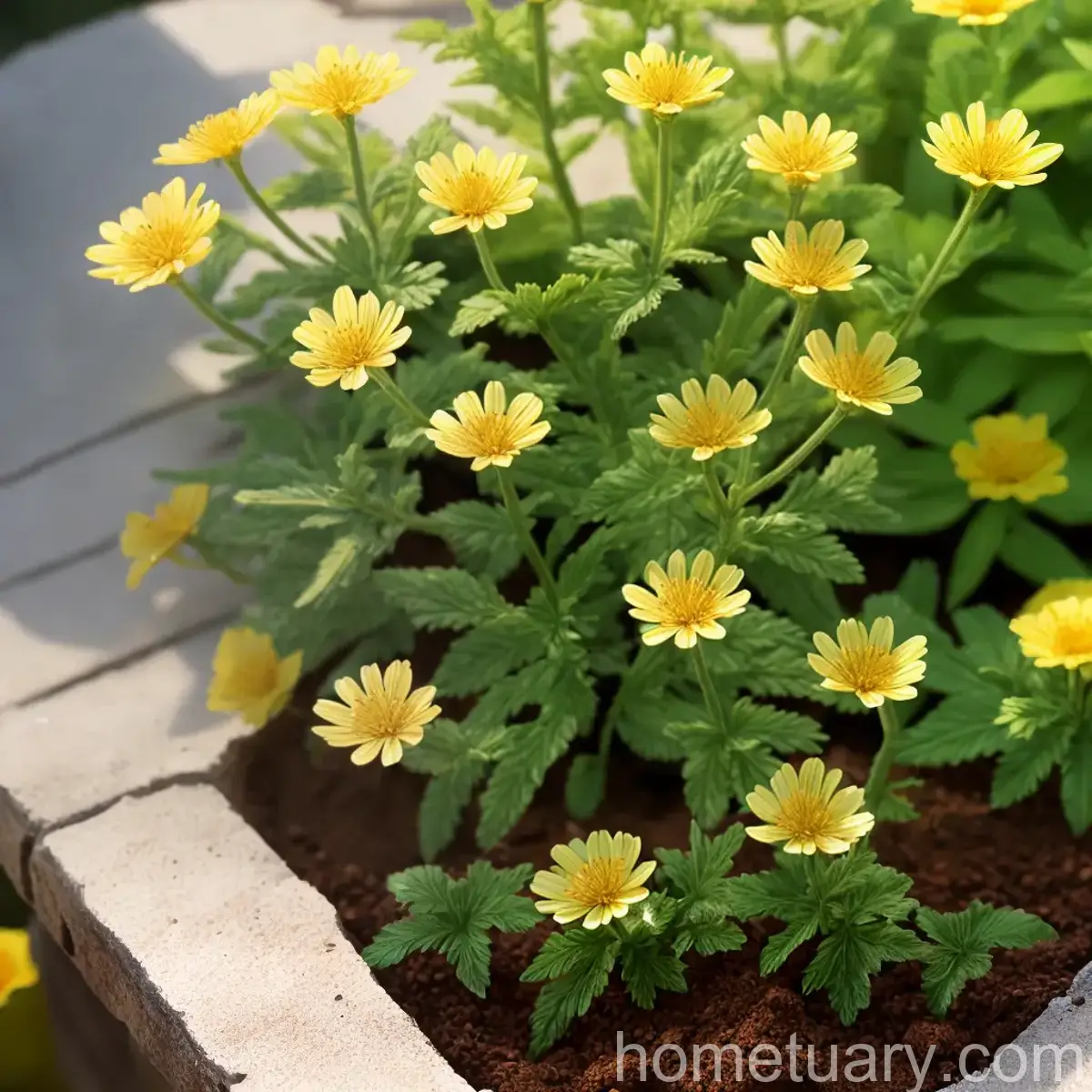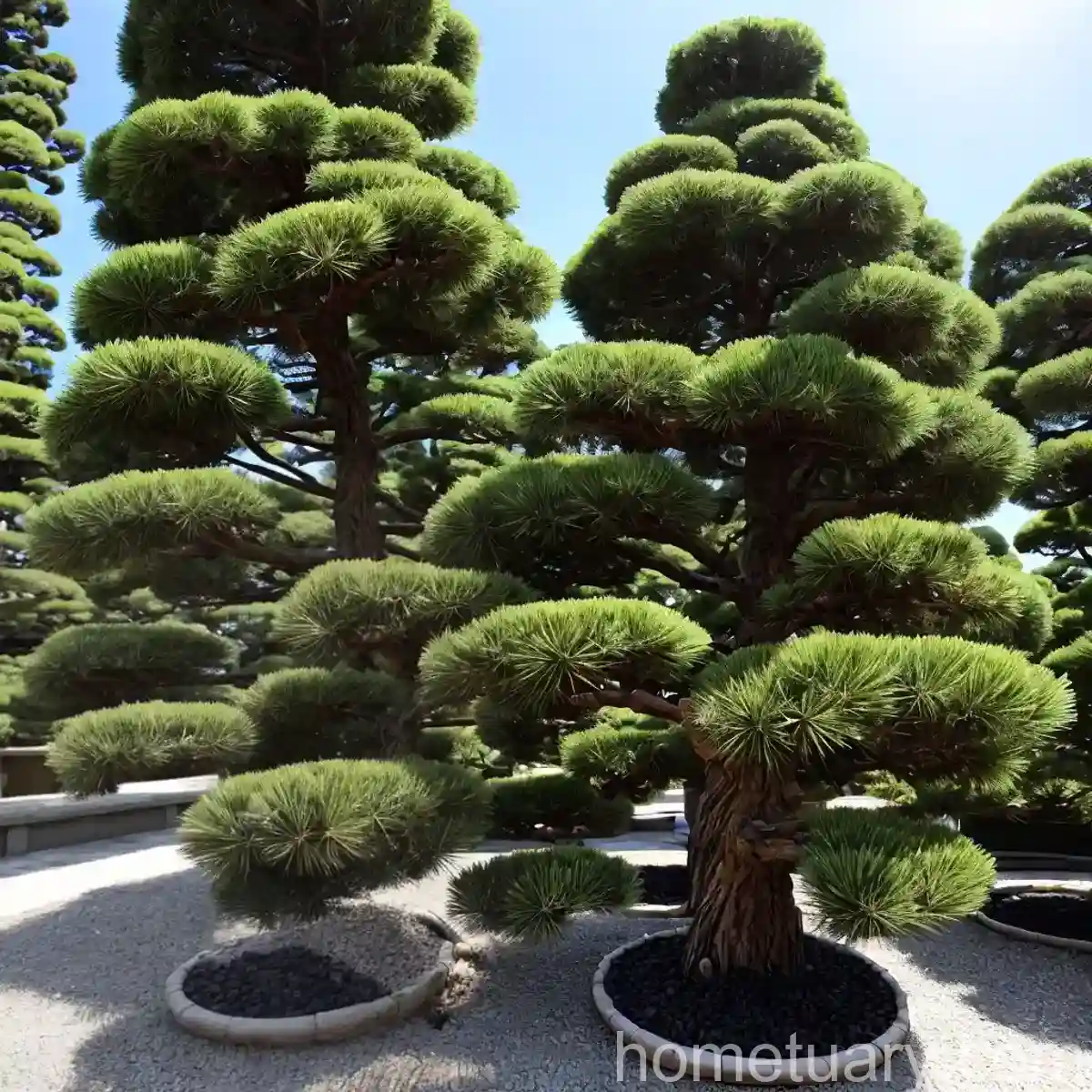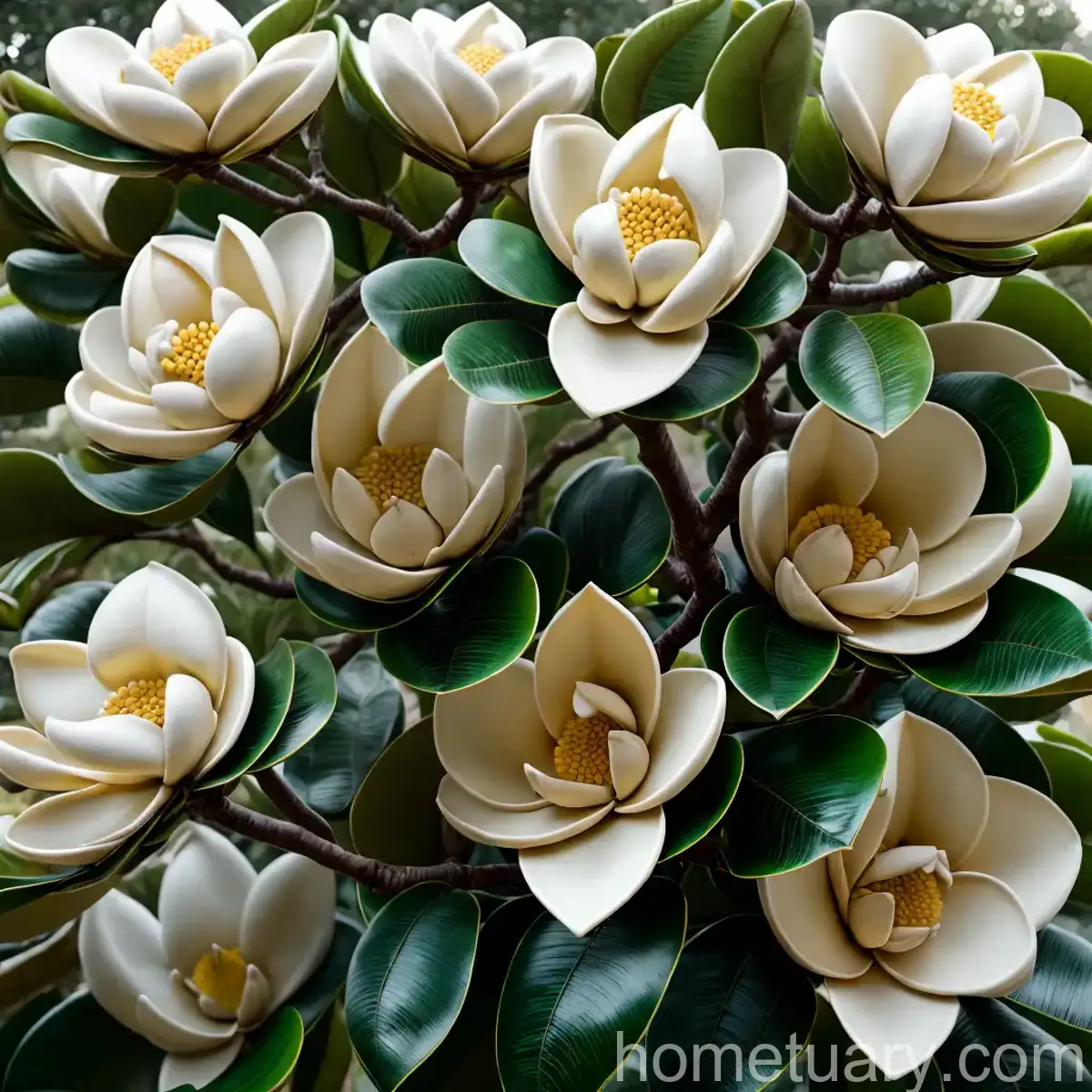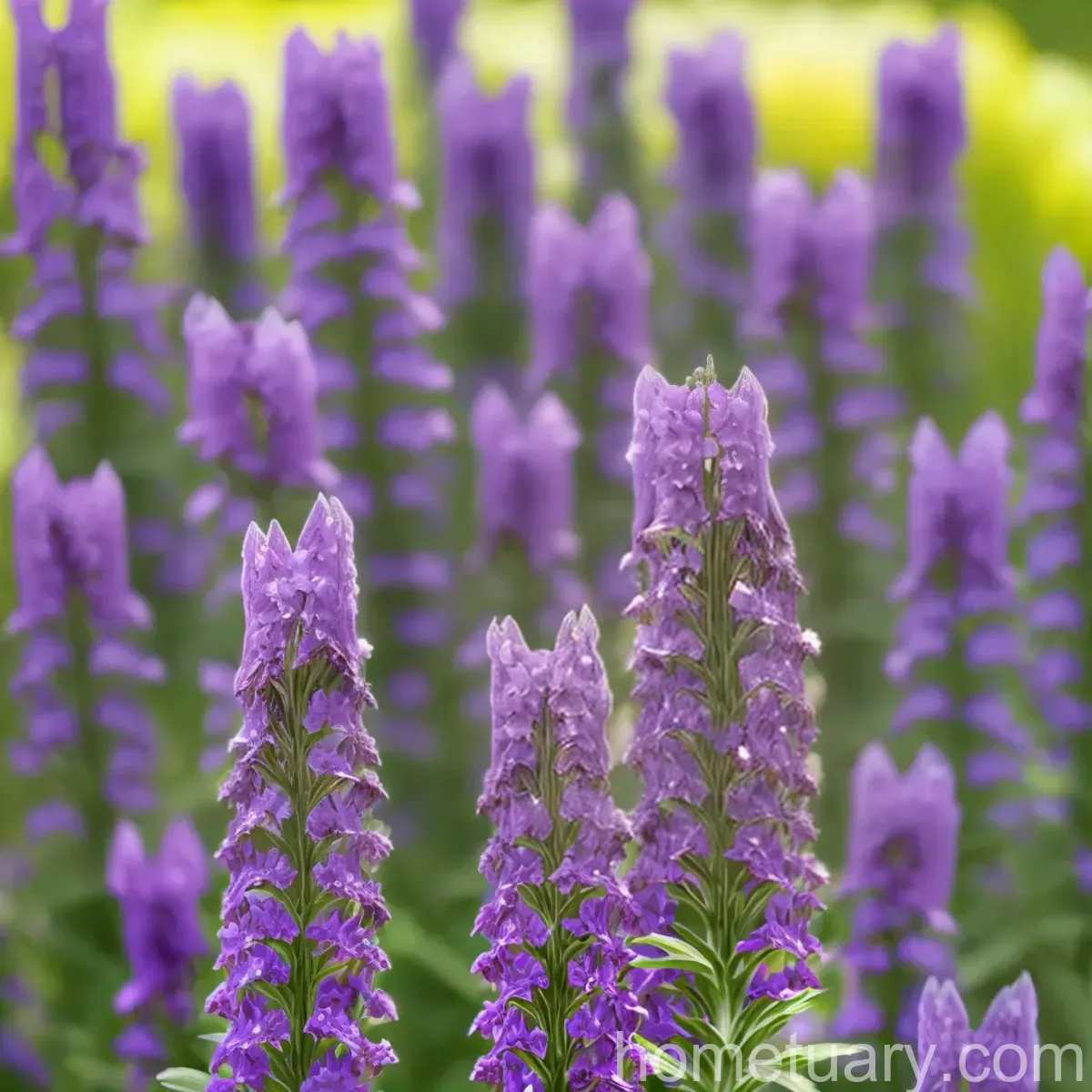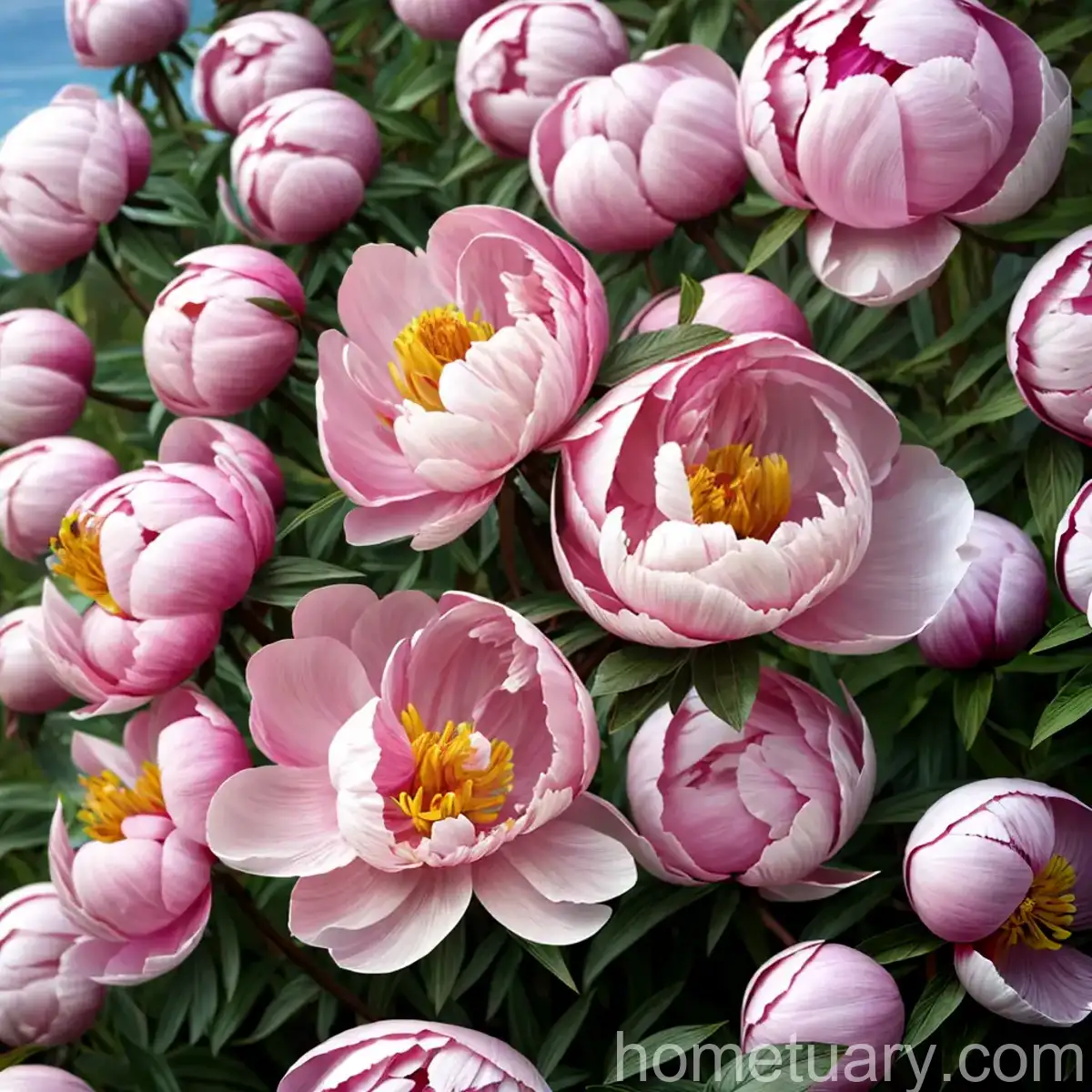Lily Turf (Liriope muscari ‘Okina’)
Lily turf, scientifically known as Liriope muscari ‘Okina’, is a versatile and low-maintenance plant that has become a popular choice for landscaping and groundcover. With its attractive foliage and delicate flower spikes, this plant offers a range of uses and benefits, making it a desirable addition to gardens and outdoor spaces.
In this comprehensive guide, we will delve into the various aspects of lily turf, from its cultural requirements and maintenance to its uses, common diseases, and propagation methods. Whether you are a gardening enthusiast, landscaper, or just someone looking to enhance the aesthetic appeal of your outdoor environment, this article will equip you with the knowledge and insights to effectively cultivate and care for lily turf.
What is Lily Turf?
Lily turf, Liriope muscari ‘Okina’, is a species of evergreen perennial plants that belong to the Asparagaceae family. Native to East Asia, including China, Japan, and Taiwan, lily turf is recognized for its grass-like foliage and compact growth habit. The ‘Okina’ variety is esteemed for its distinctive variegated leaves that feature creamy-yellow margins, adding a touch of elegance to any landscape.
Key Takeaways – Lily Turf (Liriope muscari ‘Okina’)
Before we delve into the various aspects of lily turf, let’s summarize the key takeaways associated with this plant:
- Lily turf (Liriope muscari ‘Okina’) is a versatile and low-maintenance plant with attractive variegated foliage and delicate flower spikes.
- It offers a range of uses, including landscaping, groundcover, border plantings, and container gardening.
- Lily turf ‘Okina’ is prized for its ornamental qualities and ability to thrive in shaded areas, making it a suitable choice for gardens with limited sunlight.
- Proper cultural care, including adequate watering, fertilization, and soil management, is essential for maintaining the health and vigor of lily turf plants.
- The ‘Okina’ variety is relatively resistant to pests and diseases, but regular monitoring and appropriate measures are recommended to ensure its well-being.
Now that we have outlined the key takeaways, let’s explore the various aspects of lily turf in detail, ranging from its cultural requirements and uses to maintenance tips and common pests and diseases.
Culture
Cultivating lily turf ‘Okina’ requires attention to various cultural aspects to ensure optimal growth and performance. Let’s delve into the essential cultural considerations for this plant.
Water
Lily turf plants, including the ‘Okina’ variety, thrive in well-drained soil and benefit from regular watering, particularly during dry periods. Adequate moisture is essential for establishing young plants and promoting healthy growth. However, it is important to avoid waterlogged conditions, as this can lead to root rot and other complications.
- Watering frequency: Water lily turf ‘Okina’ consistently, aiming to maintain even moisture levels in the soil. During periods of extended dryness, increase the frequency of watering to sustain the plant’s moisture requirements.
- Watering method: Direct the water towards the base of the plant to ensure effective absorption and minimize moisture loss due to evaporation. Additionally, consider using mulch to retain soil moisture and reduce the need for frequent watering.
Sunlight
One of the notable attributes of lily turf ‘Okina’ is its ability to thrive in shaded or partially shaded areas, making it an ideal choice for gardens with limited sunlight. While it can tolerate some sun exposure, particularly in cooler climates, it generally prefers shaded conditions.
- Light requirements: Provide lily turf ‘Okina’ with partial to full shade for optimal growth. Avoid exposing the plant to direct, intense sunlight, as this can lead to leaf scorch and diminished vigor.
- Sunlight management: If cultivating lily turf in areas with intense sunlight, consider providing light afternoon shade or using shading materials to protect the plants from excessive sun exposure.
Fertilizer
Proper fertilization plays a crucial role in supporting the growth and vitality of lily turf ‘Okina’. By supplying essential nutrients, fertilizers contribute to robust foliage development and the production of flower spikes.
- Fertilizer type: Utilize a balanced, slow-release fertilizer to provide a consistent supply of nutrients over an extended period. Alternatively, organic fertilizers can also be beneficial, contributing to overall soil health and fertility.
- Fertilizer application: Apply the fertilizer in spring, as the plant enters its active growth phase. Follow the recommended application rates and evenly distribute the fertilizer around the plants, avoiding direct contact with the foliage to prevent burns.
Soil
The soil composition and quality significantly impact the overall health and performance of lily turf ‘Okina’. Well-drained, fertile soil with a slightly acidic to neutral pH is conducive to its growth.
- Soil requirements: Plant lily turf in loamy, well-drained soil with a pH range of 5.5 to 6.5 for optimal results. Amending heavy or compacted soil with organic matter can enhance its drainage and nutrient-holding capacity.
- Soil preparation: Prior to planting, prepare the soil by incorporating compost or aged manure to improve its structure and fertility. Conduct a soil pH test to assess its suitability for lily turf cultivation.
Pruning
Pruning is an essential aspect of lily turf maintenance, contributing to a tidy appearance and promoting vigorous growth. While lily turf ‘Okina’ does not necessitate extensive pruning, periodic maintenance can help manage its form and prevent overcrowding.
- Pruning frequency: Conduct light pruning as needed throughout the growing season to remove damaged or discolored foliage and maintain a neat appearance.
- Pruning technique: Use sanitized pruning shears to trim back unwanted foliage and spent flower stalks. Additionally, thin out dense clumps to improve air circulation and minimize the risk of fungal diseases.
Propagation
Propagation methods such as division and seed sowing offer opportunities to propagate lily turf ‘Okina’, enabling the expansion of its presence in the garden or landscape.
Division
Division is a common and straightforward method for propagating lily turf, allowing the clumps to be separated and replanted as individual specimens.
- Division timing: Divide established lily turf plants in early spring before the onset of active growth to minimize disturbance and facilitate speedy establishment.
- Division process: Gently lift the plant clumps from the soil and use a sharp, sterile tool to separate them into smaller sections, ensuring that each division has a healthy root system and sufficient foliage. Replant the divisions at the desired locations, taking care to provide adequate moisture and maintain soil contact.
Seed Sowing
While lily turf ‘Okina’ primarily spreads through rhizomatous growth, it is possible to collect and sow seeds to propagate new plants.
- Seed collection: Harvest mature seed capsules from the plant once they have ripened and turned brown. Extract the seeds and store them in a cool, dry location until ready for sowing.
- Seed sowing: Sow the seeds in a prepared seed-starting mix, covering them lightly and maintaining consistent moisture levels. Place the seed trays in a warm, brightly lit location, and monitor the emerging seedlings for growth and vigor.
Container Popularity
The versatility of lily turf ‘Okina’ extends to container gardening, where it thrives in various container types and brings a touch of elegance to outdoor spaces.
- Container selection: Choose well-draining containers with sufficient depth to accommodate the plant’s root system and support healthy growth. Consider decorative pots or planters that complement the variegated foliage of lily turf ‘Okina’.
- Container placement: Position the containers in shaded or partially shaded areas, ensuring they receive adequate moisture and protection from intense sunlight. Regularly check the soil moisture levels in containers to prevent dehydration and maintain optimal growing conditions.
Container Common Diseases
While lily turf ‘Okina’ exhibits a degree of resistance to diseases, container-grown plants may be susceptible to certain issues, including fungal infections and root rot if cultural conditions are not adequately managed.
- Common diseases: Watch for signs of leaf spot, crown rot, or other fungal diseases that can affect lily turf plants in containers. Ensure proper air circulation and avoid overwatering to minimize the risk of fungal infections.
- Disease management: If symptoms of disease are observed, promptly isolate affected plants to prevent the spread of pathogens. Adjust watering practices and consider applying suitable fungicidal treatments as recommended to control the disease.
Disease Diagnosis
Diagnosing potential diseases and ailments that affect lily turf ‘Okina’ is essential for implementing timely interventions and preserving the health of the plants.
- Symptom identification: Monitor the foliage and overall appearance of lily turf plants for signs of discoloration, wilting, or abnormal growth. Conduct regular inspections to detect early warning signs of disease or stress.
- Diagnostic resources: Refer to reputable plant pathology resources and extension services to identify specific diseases and seek guidance on appropriate management practices. Utilize diagnostic tools such as hand lenses and diagnostic keys to assess symptoms accurately.
Common Pests
Lily turf ‘Okina’ is generally resistant to most pests, but occasional infestations of certain insects can occur, necessitating vigilance and proactive management.
- Common pests: Watch for potential pests such as aphids, spider mites, and snails that may target lily turf plants. Keep an eye out for signs of pest activity, including stippling on leaves, webbing, or visible insect populations.
- Pest control methods: Employ environmentally friendly pest control methods, such as hand-picking snails and employing biological controls for aphids and mites. Additionally, consider the use of horticultural oils or insecticidal soaps to manage pest infestations while minimizing harm to beneficial organisms.
Botanist’s Tips
As a plant scientist, I recommend the following tips for optimizing the cultivation and care of lily turf ‘Okina’:
- Mulch benefits: Apply a layer of organic mulch around lily turf plants to enhance moisture retention, suppress weeds, and improve soil structure. Mulch also acts as insulation, protecting the roots from temperature extremes.
- Companion planting: Pair lily turf ‘Okina’ with complementary plants such as hostas, ferns, or astilbes to create visually appealing combinations and maximize the aesthetic impact of shaded garden areas.
- Drought tolerance: While lily turf ‘Okina’ benefits from consistent moisture, it exhibits moderate drought tolerance once established. However, prolonged drought conditions can impact its vigor, so regular watering during dry spells is advisable.
Fun Facts
Here are some fascinating and lesser-known facts about lily turf ‘Okina’:
- The name “Liriope” is derived from the Greek word “leirion,” which translates to lily, in reference to the plant’s lily-like flowers.
- Lily turf ‘Okina’ is often used as a border or edging plant due to its clumping growth habit and attractive foliage.
- In traditional Chinese medicine, certain Liriope species are used for their medicinal properties, including the treatment of coughs and respiratory ailments.
Links to External Resources
For additional information on lily turf (Liriope muscari ‘Okina’), explore the following resources:
- American Society for the Prevention of Cruelty to Plants (ASPCP)
- Royal Botanic Gardens, Kew
- University of California Integrated Pest Management (IPM) Program
As we conclude this comprehensive guide to lily turf ‘Okina’, I hope that it has provided valuable insights into the cultivation, uses, and maintenance of this versatile plant. By understanding its cultural requirements, propagation methods, and potential challenges, you can effectively incorporate lily turf ‘Okina’ into your outdoor spaces and enjoy its ornamental qualities for years to come.

